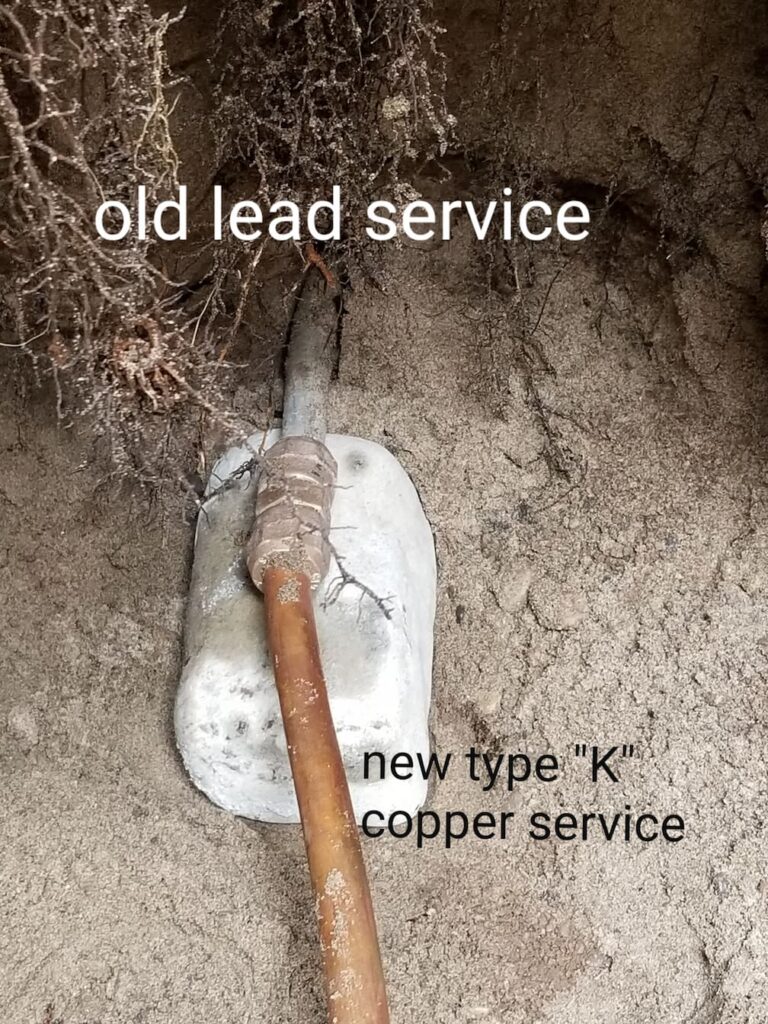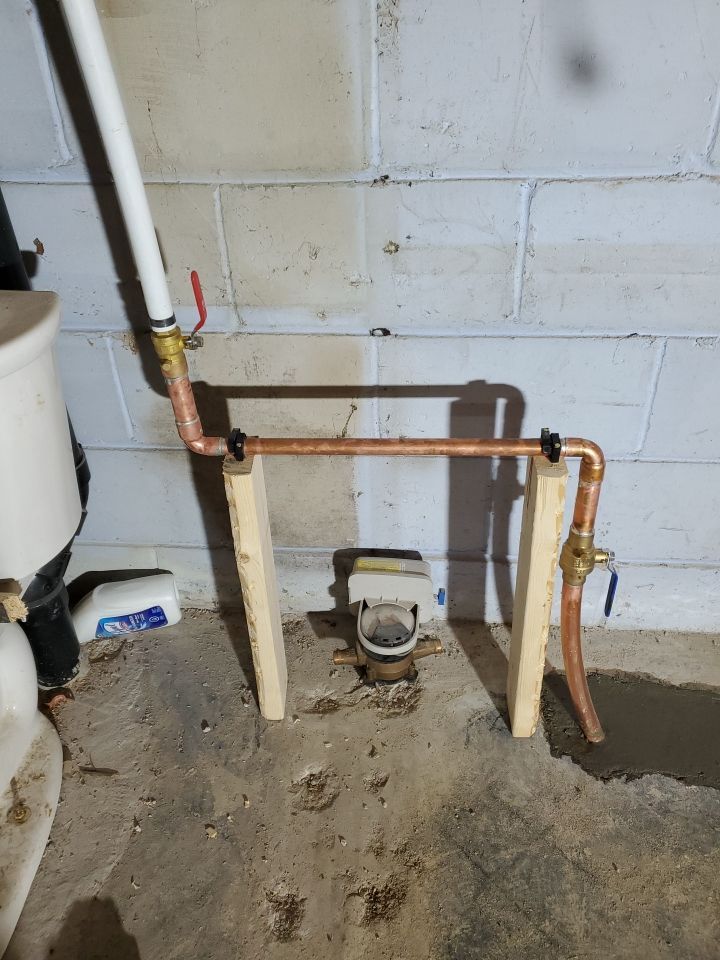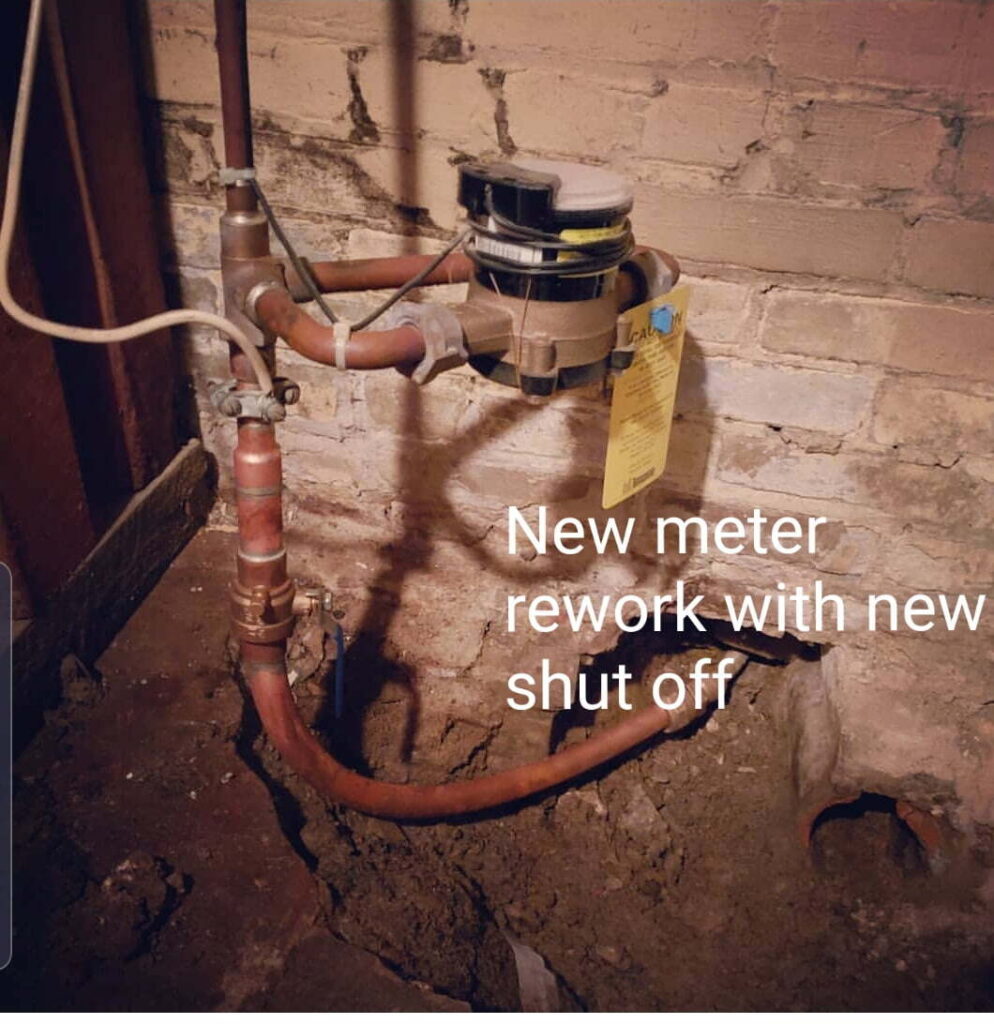Changing old lead pipes can significantly improve your health. Drinking water that’s passed through lead pipes can be very dangerous, ranging from minor health problems to potentially life threatening conditions. Continue reading to learn about the importance of removing lead from water, the associated health risks, and more.
Why Is Removing Lead from Water Important?
In Toronto, lead was a widely popular material prior to 1986 because of its durability and affordability.
As such, many older homes still have and use lead pipes. The primary benefit of removing lead from water is safer drinking and sanitary water.
How do you remove lead from water?
If you suspect your home still has lead pipes, it’s important to call a plumbing professional such as WaterGuard Plumbing.
We offer lead pipe replacement services in Toronto and the GTA to protect your entire household from major and minor health concerns.

How Does Exposure to Lead Pipes Happen?
Since lead pipes are incredibly durable, lasting up to 150 years, they were frequently used in plumbing and construction despite their adverse effects on people’s health.
The most common points of exposure are through lead paint and lead water pipes. The majority of lead exposure cases are attributed to the contamination of drinking water as it travels through the pipes.
Lead in Water Symptoms
Lead exposure can have severe health consequences for people of all ages, leading to poor quality of life and even fatalities. Here are some lead-in-water symptoms you may experience:


Signs of Lead in Water
Toronto homes that were built before 1986 are more likely to have lead water pipes or copper pipes with lead soldering.
There are many ways to tell if your home has signs of lead in water such as contacting your water utility company, calling a professional plumber, and using at-home lead water testing kits.
How to Get Lead Out of Water? Next Steps
After confirming the signs of lead in water, the next question is: “How to get lead out of water?” The answer is quite simple. Contact WaterGuard Plumbing or nearby professional plumbers. Our licensed plumbers will replace lead pipes in your home with great customer support and efficiency. For lead pipe replacement Toronto residents can trust, contact us today.
Related Article: All You Need to Know About Toronto Lead Pipe Replacement

